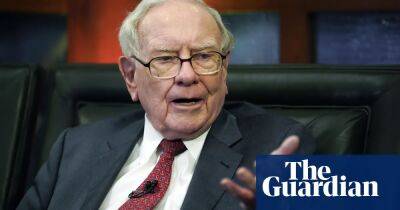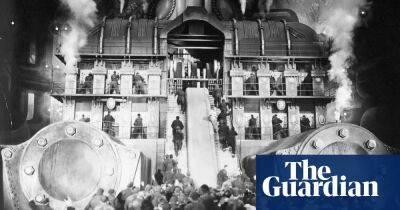Walking on air: how Jordan launched nerdy Nike into the stratosphere
I n the spring of 1985, an American sports fan could pick up a new pair of Nike Air Jordan 1s for $65. Fast-forward to the present and, this week, a pair of those same Jordans have garnered a $1.8m (£1.45m) bid at auction.
Those numbers don’t just speak to a meteoric rise of the Nike brand as a sportswear powerhouse now valued at more than £26bn; they also illustrate the cultural cachet that a pair of trainers can hold, shoes whose influence today extends far beyond the white-painted lines of the basketball court and into the world of music, fashion and even politics.
The Air Jordan brand was launched as a collaboration with Michael Jordan – the best basketball player of his generation – and is immediately recognisable by the silhouetted image of Jordan in mid-flight, the “Jumpman” logo.
But whereas Air Jordans were originally designed to be signifiers of sporting success, they’re now loved and worn by “winners” across different industries and continents.
The superstar rapper Drake didn’t just name a song Jumpman in honour of his favourite shoes – he ordered a solid gold model of them for a reported $2m. And when the biggest names in football, Kylian Mbappé, Neymar and Lionel Messi, turn out for Paris Saint-Germain, their jerseys aren’t emblazoned with a football logo; it’s the Jordan silhouette that adorns their shirts.
The cultural significance of the brand was evident when the movie director and civil rights activist Spike Lee visited the White House in 2012 to meet America’s first black president, Barack Obama. His gift to the commander-in-chief? A brand new pair of white Air Jordans for the man who had climbed higher than any politician of colour in America’s history.
The shoes are so ubiquitous in US pop culture that
Read more on theguardian.com





















